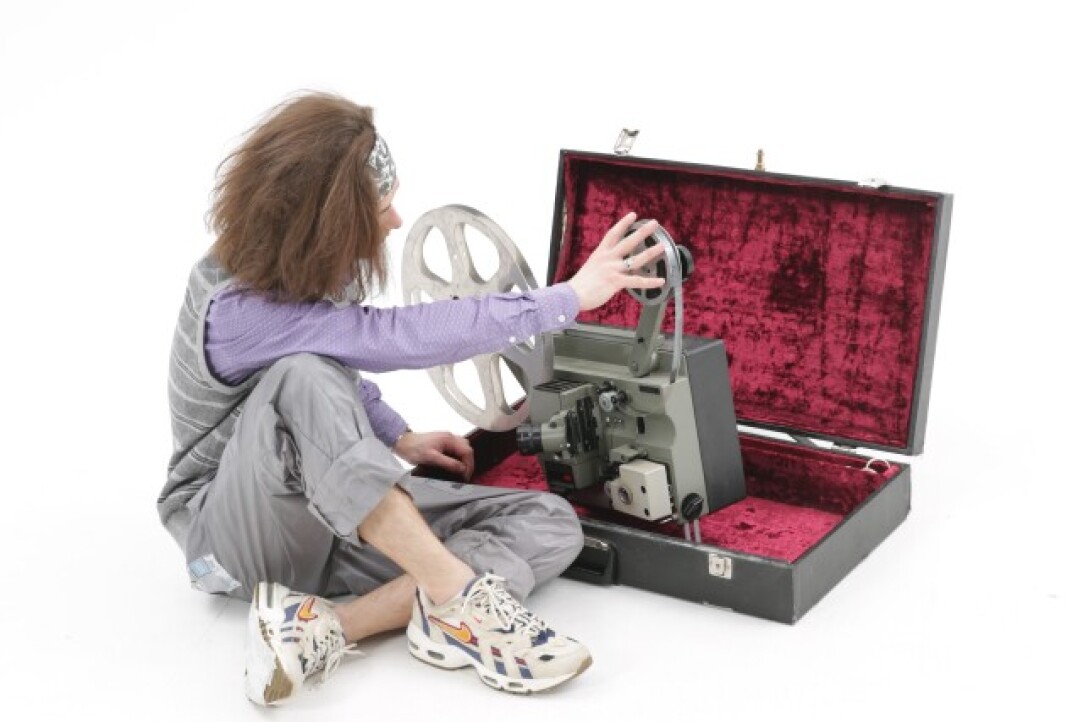Media Communications Graduate Wins Second Place in HSE Artificial Intelligence Thesis Competition

The competition, open to undergraduate and graduate students who defended their theses in 2024, required participants to submit a report detailing their use of AI tools. The judging panel evaluated submissions based on the complexity of the challenges addressed, ethical considerations, and the overall effectiveness of AI integration. The top three winners will receive a 10-month scholarship, contingent on their continued studies at HSE.
Protasov has dedicated more than two years of research applying AI technologies in media production. His thesis, supervised by Professor Artur Stanislavovich Tarasenko, focused on AI-driven animation. In his competition report, he outlined his use of language models for literary analysis, graphic AI for visual creation and animation, and supplementary technologies for content generation oversight. His research emphasized the role of auxiliary neural networks in managing routine and repetitive tasks within the thesis-writing process.
Throughout the development of his thesis, Protasov compiled and analyzed a substantial amount of data, which he meticulously structured. He found the data collection phase to be the most engaging aspect of the project. Departing from conventional academic reports, he aimed to create an analytical guide to assist future students in integrating AI into their academic work. His recognition in the competition underscores the success of this approach.
Initially, Protasov participated in the competition to share his experience with peers. Winning has motivated him to continue advancing in the field. Looking ahead, he offers advice for aspiring professionals, particularly those without a technical background, who wish to enter the AI industry:
"First. Start with tools. When you hear about a cool new tool – test it out. If you don't understand something – watch a tutorial or ask the community. Practice is the best teacher.
Second. Join generative artist communities. For example, 'GanClub,' 'Stable Foundation,' 'Deforum' and others – they'll always help and guide you.
Third. Read AI enthusiast channels. For instance:
@denissexy @strangedalle @atouchdesign @cgevent @Psy_Eyes @aifilmmaker @dreamsrobots @TochkiNadAI. Here you can track new developments and case studies, and borrow production practices.
Knowledge of tools, constant practice, and connection with the community are the three key components of your rapid and stable growth in the generative AI field."
By Anna Gamaonova, 1st-year student, Media Communications program
Translation: Hoang Dieu Linh
